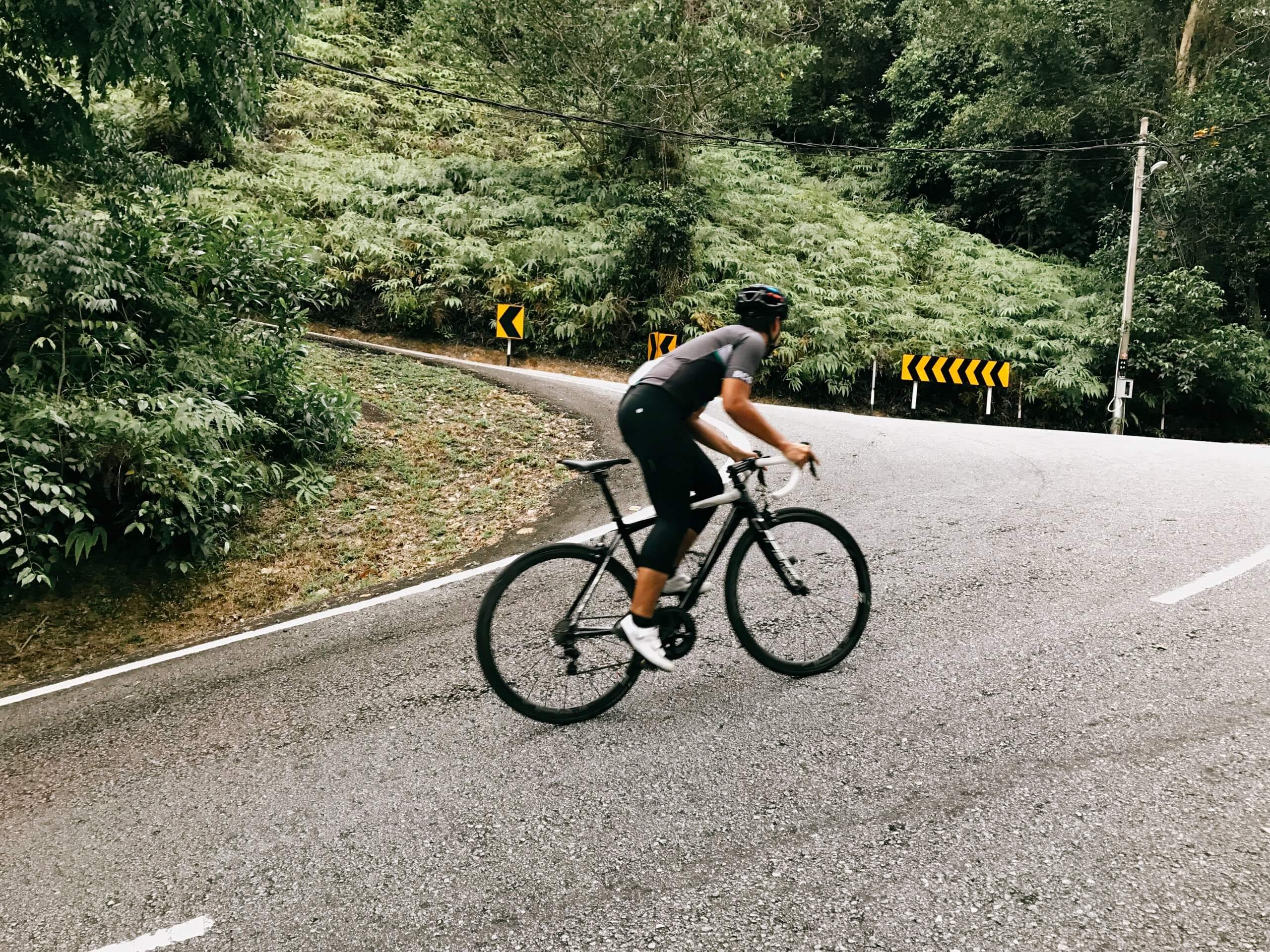Whether your training plan uses periodization or focuses on targeting specific energy systems, most of us have found ourselves grinding through those tough 3- to 5-minute efforts to increase VO2 max—or as it’s often called, the “big aerobic engine.” But what exactly is VO2 max, and how can you improve it?
What is VO2 Max?
VO2 max, or maximal oxygen consumption, represents the maximum capacity of your body to transport and utilize oxygen during exercise. It’s often considered a gold standard in endurance sports because it measures your body’s ability to generate energy (ATP) through aerobic metabolism. While the science behind it is fascinating, most of us are more focused on how to make ours better.
For a deeper dive into the physiological mechanics of VO2 max, check out this comprehensive resource from the National Library of Medicine.
How to Train for VO2 Max
In cycling, VO2 max is typically associated with efforts that fall between 106% and 120% of your Functional Threshold Power (FTP), as outlined in Training and Racing with a Power Meter by Hunter Allen and Andrew Coggan. These efforts are generally sustainable for 3 to 8 minutes, though shorter durations (around 3 minutes) are often more practical during races. This is why VO2 max interval workouts are designed around repeatable efforts within this range.
The Interval Method: Intervals to Exhaustion
One of the most effective ways to increase VO2 max is through Intervals to Exhaustion. The concept is simple: execute repeatable intervals at 106-120% of FTP, ensuring that each effort remains within this power range. Here’s a step-by-step breakdown:
- Warm-Up: Begin with a proper warm-up to prepare your muscles and cardiovascular system.
- Set the Interval Plan:
- Efforts: 6 intervals of 3 minutes “on” and 3 minutes “off” for recovery.
- Intensity: Aim for 106-120% of your FTP. For instance, if your FTP is 200 watts, your target range is 212-240 watts.
- Pacing: Maintain steady power during each 3-minute effort. A dramatic power drop signals poor pacing or fatigue.
- Assess Fatigue: Stop the set when your power consistently falls below 106% of FTP. Continuing at lower intensities won’t effectively target VO2 max.
Example Workout Progression
After completing the first set of 6 intervals, take a 10-minute recovery. If you feel ready, repeat a second set. Successfully completing both sets at the target power range is an excellent sign of progression. Afterward, cool down and reassess your FTP if needed.
Why Pacing Matters
Athletes often overestimate their capacity, going too hard on the first interval and fading quickly. For example, starting at 125% of FTP and fading to 95% by the second minute turns the workout into an anaerobic capacity effort, not a VO2 max session. Aim for consistency across all intervals.
For a more detailed guide on interval pacing, consider reviewing the “Guidelines for Optimal Intervals” section in Allen and Coggan’s book, or explore this excellent training guide from TrainingPeaks.
Alternative VO2 Max Workouts
If you’re looking for variety, try efforts like:
- 5×5 Intervals: Five intervals of 5 minutes at 110% of FTP with 5-minute recoveries.
- Tabata Workouts: Short bursts of 20 seconds “on” at 150% of FTP followed by 10 seconds “off,” repeated for 8 minutes.
For additional VO2 max workouts tailored to your needs, contact me or check out this cycling training library.
Final Thoughts
Improving VO2 max takes consistency, proper pacing, and strategic recovery. Monitor your performance metrics closely and adjust your training as needed. Over time, these efforts will translate to a stronger aerobic engine and improved performance across all aspects of cycling.
Looking for personalized guidance? Schedule a call or reach out for a customized training plan! 🚴♂️



